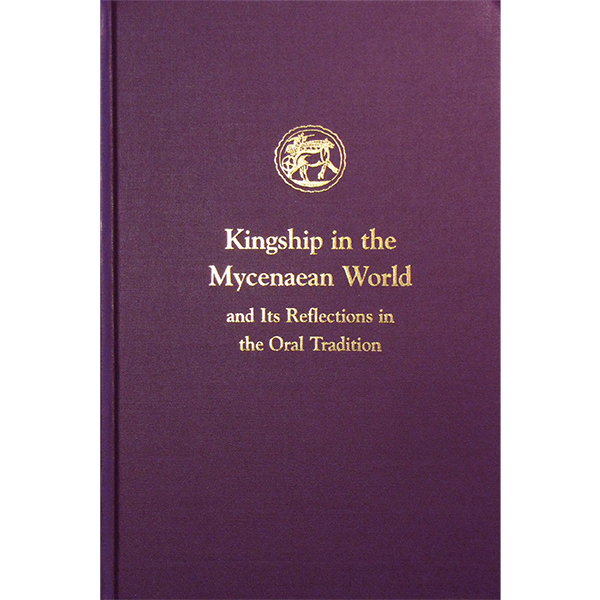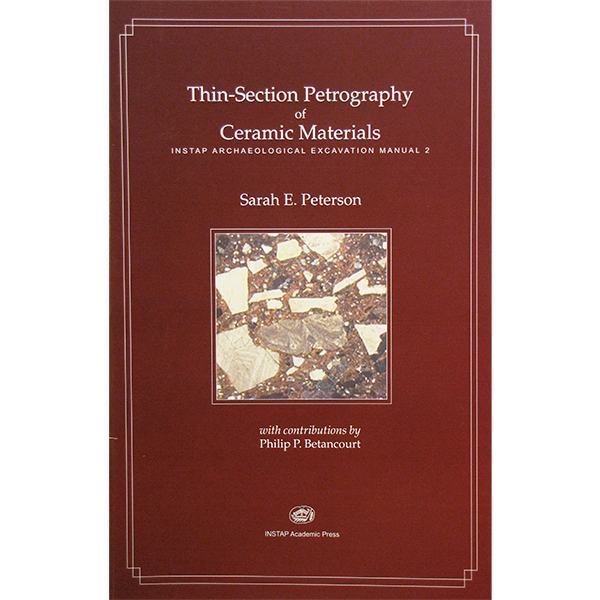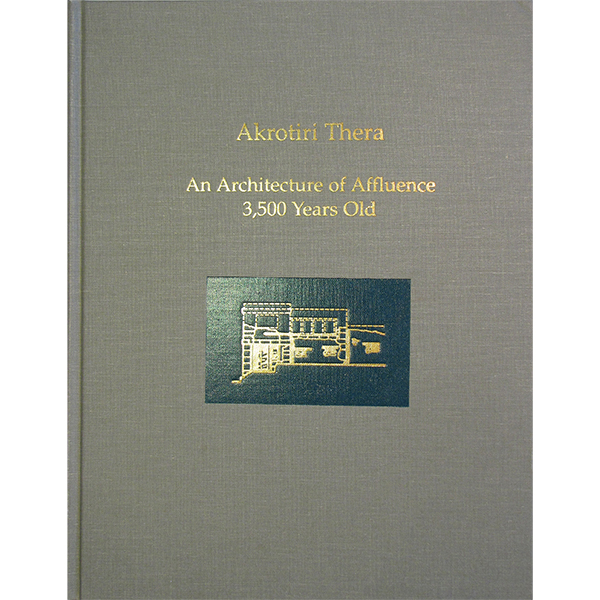Hagios Charalambos: A Minoan Burial Cave in Crete II. The Pottery
$95.00
Description
The finds from the cave at Hagios Charalambos in the Lasithi Plain illustrates secondary burial practices in Early and Middle Bronze Age Crete. The cavern adds to our knowledge of Early and Middle Minoan Lasithi and illuminates the function of the cave at Trapeza, which has close parallels for most classes of objects found at Hagios Charalambos.
Most of the pottery from the site is made locally, but a selection of imports from elsewhere in Crete ranges in date from EM I or earlier to MM IIB. The pottery shows a shift in the use of imports during the site’s history, reflecting a change in economic and/or political dominance and influence in Lasithi.
Typical of pottery associated with burials, the types of vessels were mostly used for pouring and drinking liquids. Other small vessels probably contained precious oils, liquids, and unguents. The local offering tables would have been carried by a short stem and could hold a liquid or solid offering.
The pottery shows that the people who deposited their dead in the secondary burial cave at Hagios Charalambos were in contact with ceramic production centers in East Crete, the Mesara, Knossos, the Pediada, and Malia. This range of influences speaks not only of trade relations and political spheres of influence but also of tastes in pottery production and consumption.
Contents: Frontmatter; Chapter 1. Minoan Caves: Points to Consider Regarding Function; Chapter 2. Methodology; Chapter 3. Coarse Fabrics, Neolithic to EM I; Chapter 4. Coarse and Fine Fabrics, EM I–IIA; Chapter 5. Dark Burnished Offering Tables in Monochrome Style with Coarse Phyllite Fabric, EM I–IIA; Chapter 6. Vasiliki Ware and Its Imitations, EM IIB; Chapter 7. Vessels in Pale Fabrics with Mostly Light-on-Dark Decoration, EM III–MM II; Chapter 8. Diagonal Line Style Jugs and Other Small Jugs in Pale Fabrics, MM I; Chapter 9. Jugs with Bosses in Barbotine Style, MM I–II; Chapter 10. Knossian Pottery, EM II–MM II; Chapter 11. Fine Red Fabrics with Dark Red Slip, Mostly MM IB; Chapter 12. Cups and Trefoil-Mouthed Jugs with Parallels from Galatas, MM IB; Chapter 13. Kamares Ware, MM IB–IIB; Chapter 14. Chamaizi Pots, MM IIB; Chapter 15. Imports into Lasithi with Parallels from Malia, MM I–IIB; Chapter 16. Various Nonlocal Fabric Groups, EM III–MM IIB; Chapter 17. The Lasithi Red Fabric Group, EM II–MM II; Chapter 18. Conclusions; Appendix A. Petrographic Analysis of Selected Pottery Samples; Appendix B. The Pottery Statistics; Appendix C. The Elusive Site of the Primary Burials of the Hagios Charalambos Cave: A Speculative Scenario; Concordance of Excavation and Museum Numbers with Catalog Numbers; References; Index; Figures; Plates
Hardback: 222 total pp., 23 tables in the text, 38 B/W figures, 7 plates, including 4 color plates
(Prehistory Monograph 51, INSTAP Academic Press, 2016)
ISBN 978-1-931534-83-3
















